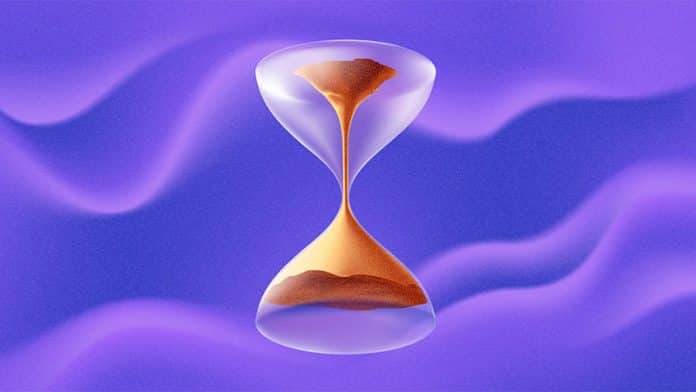Scientists turn back time using a quantum computer
A team of scientists from the Moscow Institute of Physics and Technology (MIPT), Eidgenossische Technische Hochschule Zurich (ETH Zurich), and Argonne National Laboratory, US (ANL) have performed a breakthrough study that reverses the direction of time using an IBM quantum computer and proved that the second law of thermodynamics can be violated.
The researchers who published their study in the journal ‘Scientific Reports’ said that they were able to reverse time by a fraction of a second.
“This is one in a series of papers on the possibility of violating the second law of thermodynamics. That law is closely related to the notion of the arrow of time that posits the one-way direction of time from the past to the future,” said the study’s lead author Gordey Lesovik, who heads the Laboratory of the Physics of Quantum Information Technology at MIPT.
“We began by describing a so-called local perpetual motion machine of the second kind. Then, in December, we published a paper that discusses the violation of the second law via a device called a Maxwell’s demon,” Lesovik said. “The most recent paper approaches the same problem from a third angle: We have artificially created a state that evolves in a direction opposite to that of the thermodynamic arrow of time.”
Built from a basic quantum computer, the ‘time machine’ uses electron units of information called “qubits” which can be modified.
For those unaware, a qubit is a short form for a quantum bit, which is the fundamental unit of quantum information. While traditional computers use the “bits” to represent information as a 0 or a 1, Quantum computers use quantum bits or “qubits” to represent information as a 0, 1, or both at the same time, that can be stored on an electron.
Most laws of physics make no difference between the future and the past. For example, a collision between any two identical billiard balls in a game of pool recorded on a camera would not look strange if you happen to see it in reverse, as the event will still be represented by the same equation.
The time reversal experiment included the setting of each qubit in a ground state (believed to be zero). Thereafter, the qubits took an increasingly complex form changing the pattern of zeros and ones, resulting in chaos. Then an advanced program modified the state of the computer by going backward from a state of fringe to order.
The researchers are hopeful that the method will become more efficient. “Our findings break ground for investigations of the time reversal and the backward time flow in real quantum systems,” the scientists wrote in their conclusion to ‘Arrow of time and its reversal on IBM Quantum Computer.’
“Another fundamental question is whether it is possible at all to design a quantum algorithm that would perform time-reversal more efficiently.”
The scientists were able to restore the quantum computer’s earlier state about 85% of the time on a two-qubit system. On the other hand, when a three-qubit system was involved, more errors occurred and the time reversal experiment only worked 50% of the time.

